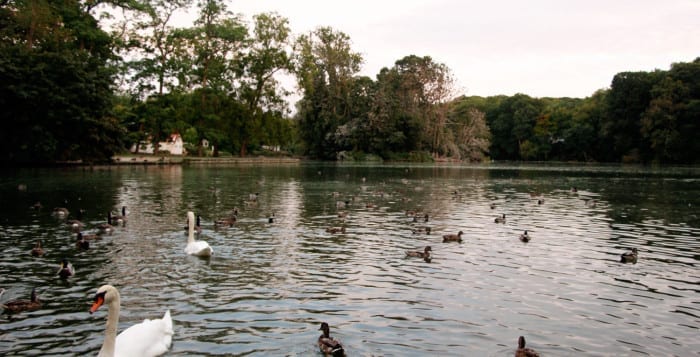Just as the Town of Brookhaven officials are fighting to improve the Long Island Sound’s water quality, officials have also recently taken steps to combat the buildup of sediment deposits in Stony Brook Harbor.
According to a press release, Supervisor Ed Romaine (R) wrote a letter to the Suffolk County Commissioner of Public Works Gil Anderson on Sept. 14 urging the county to include a navigational channel to the “Stony Brook Boat Works” property. The channel will end south of Brookhaven’s “kayak/canoe launch.”
Officials noted that the creek, which flows from Stony Brook Mill Pond into the Stony Brook Harbor, has accumulated sediment deposits over the years, which is restricting tidal flow in that area. The growth of Phragmites, a common grass found in wetlands, has largely contributed to the sediment deposits. Romaine said the water is shallow in that area and it is difficult for the anchored boats at the Stony Brook Yacht Club to navigate the body of water during low tide.
“[The town] raised this issue because we think it should be examined,” Romaine said. “We think that the boaters particularly in the yacht club should have the ability to use the recreational waterways. We also think it would help [tidal flushing] for that creek.”
Romaine also said even if the project is approved, dredging the body of water depends on the amount of money available to execute the project. Once approved, the town will have to handle how and where the sediment is disposed. Romaine said hydraulic dredges, which dredge spoils and pump them half a mile away, and dewatering sites among others are ways the town can dispose of the dredge spoils.
In a press release, Romaine asked for the Stony Brook Task Force and Legislature Kara Hahn (D-Setauket) to support his position on the issue. Although Romaine submitted the letter to the county, it’s unclear when or if the Dredge Committee will accept the modified project, as the committee doesn’t meet regularly and is working on other dredging projects.
“It will take some time before the county addresses this. But if you don’t ask, you don’t get,” Romaine said in a phone interview. “This may not be their first priority but [the town] put the request in and we’re hopeful that it will get some attention.”






